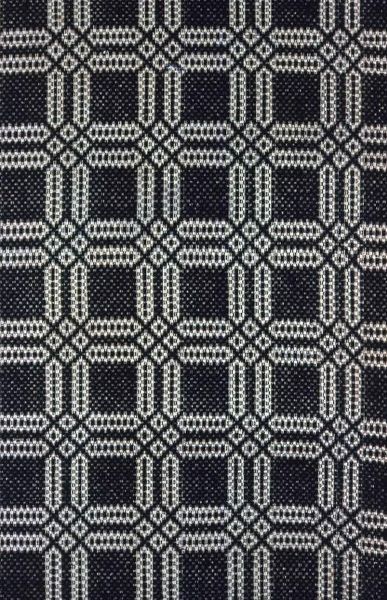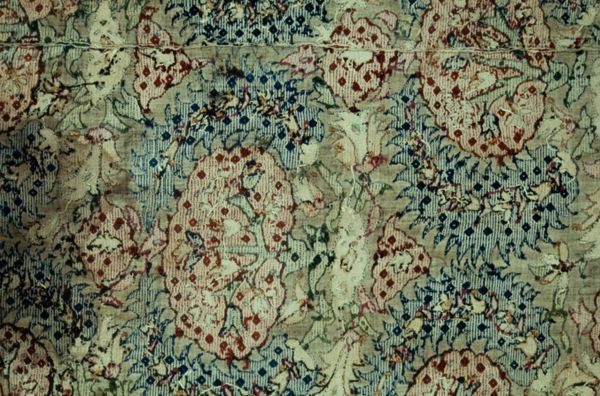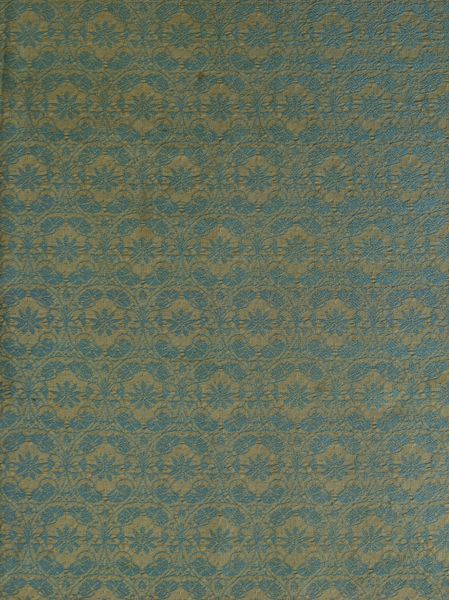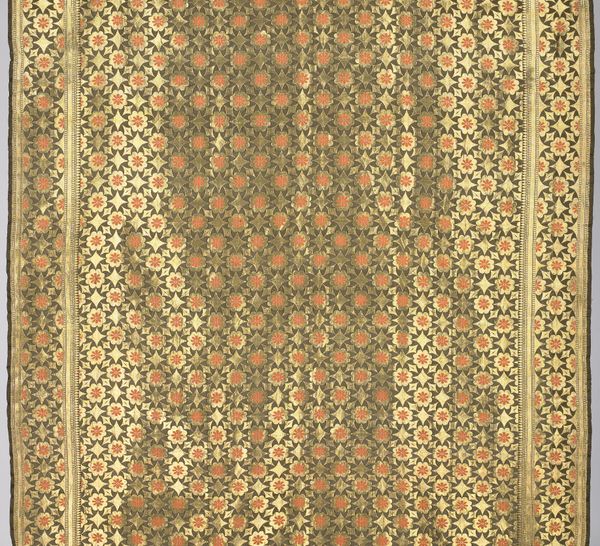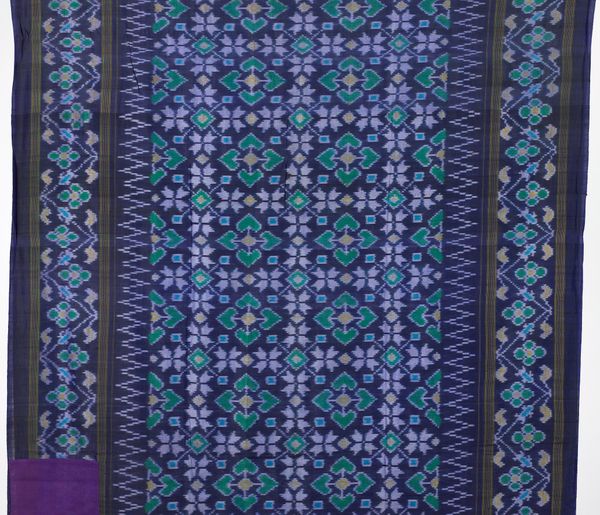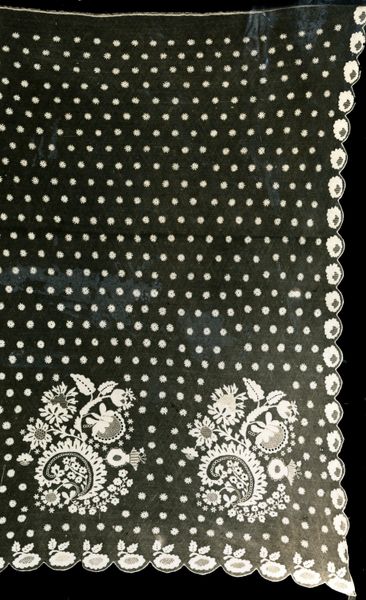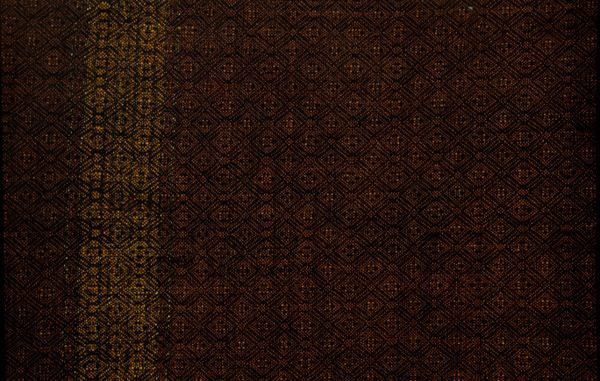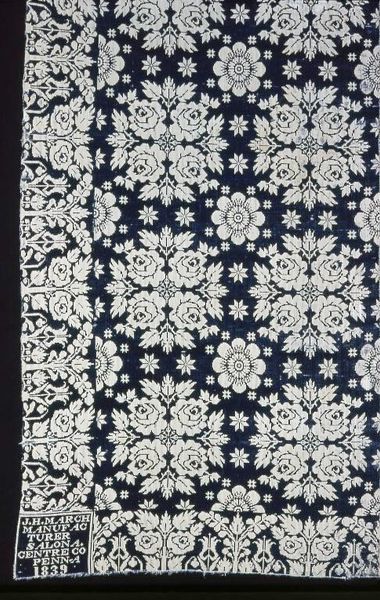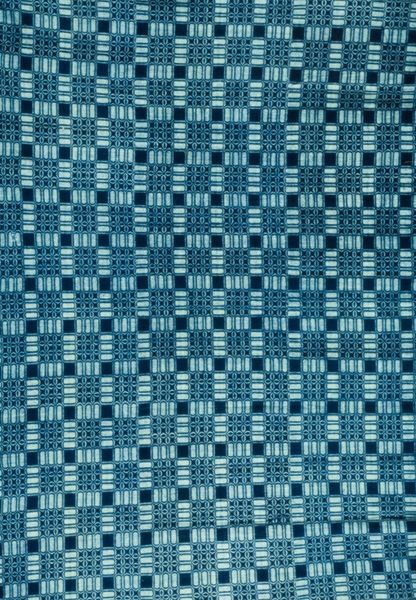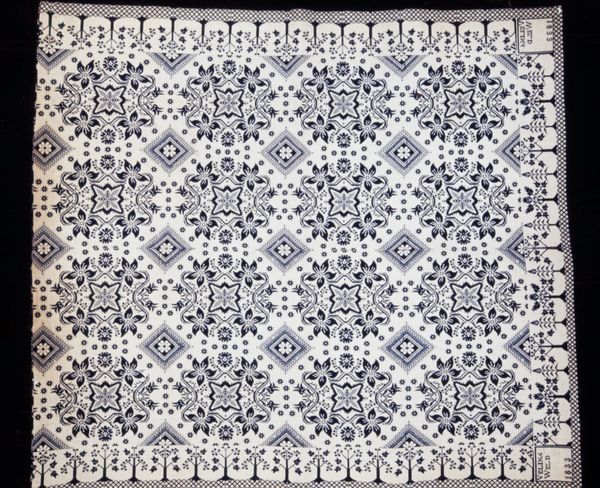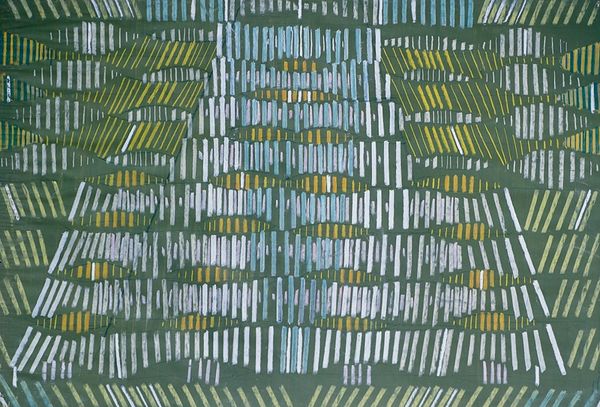
textile
#
organic
#
textile
#
abstract pattern
#
organic pattern
#
decorative-art
Dimensions: 105.7 × 51.7 cm (41 5/8 × 20 3/8 in.) Repeat: 6.8 × 8.3 cm (2 3/4 × 3 1/4 in.)
Copyright: Public Domain
Editor: Here we have "Fragment," a textile woven sometime between 1830 and 1850 by Gertrude Rapp, currently at the Art Institute of Chicago. The intricate pattern feels simultaneously calming and slightly unsettling because it's a fragment – implying a larger, possibly lost, whole. How do you interpret this work within its historical context? Curator: That's a perceptive observation! This piece speaks volumes about the material culture and social dynamics of the 19th century. Given Rapp’s religious background, does this decorative textile then challenge or reinforce notions of women’s roles, considering the division of labor and artistic expression during that period? Does this pattern suggest constraint or an outburst of creative power, as she probably wouldn't have any alternative to unleash it in a different artform? Editor: I hadn’t considered the constraints versus creative power. So, are you saying that the repetitious, almost obsessive, quality of the pattern perhaps served as a form of agency for her, a way to exert control and create beauty within a structured environment? Curator: Precisely. Think about the historical limitations placed on women, especially within religious communities. This textile becomes more than just decoration; it's a potential site of resistance, where Rapp quietly subverts expectations. How do you think contemporary audiences might receive such a piece, knowing this history? Editor: I think it gives the work a new layer of depth. It becomes not just a pretty textile, but a document of lived experience, a testament to the ways women found to express themselves despite societal constraints. Curator: Exactly. It encourages us to look beyond the surface and consider the complexities of women's creative labor throughout history, especially considering they may not have been recognized due to historical social standards. What have you learned today? Editor: I’ve learned that even seemingly simple decorative arts can be incredibly rich sources of social and political commentary! Curator: And that, ultimately, is why engaging with art history through an intersectional lens can be so transformative!
Comments
No comments
Be the first to comment and join the conversation on the ultimate creative platform.

